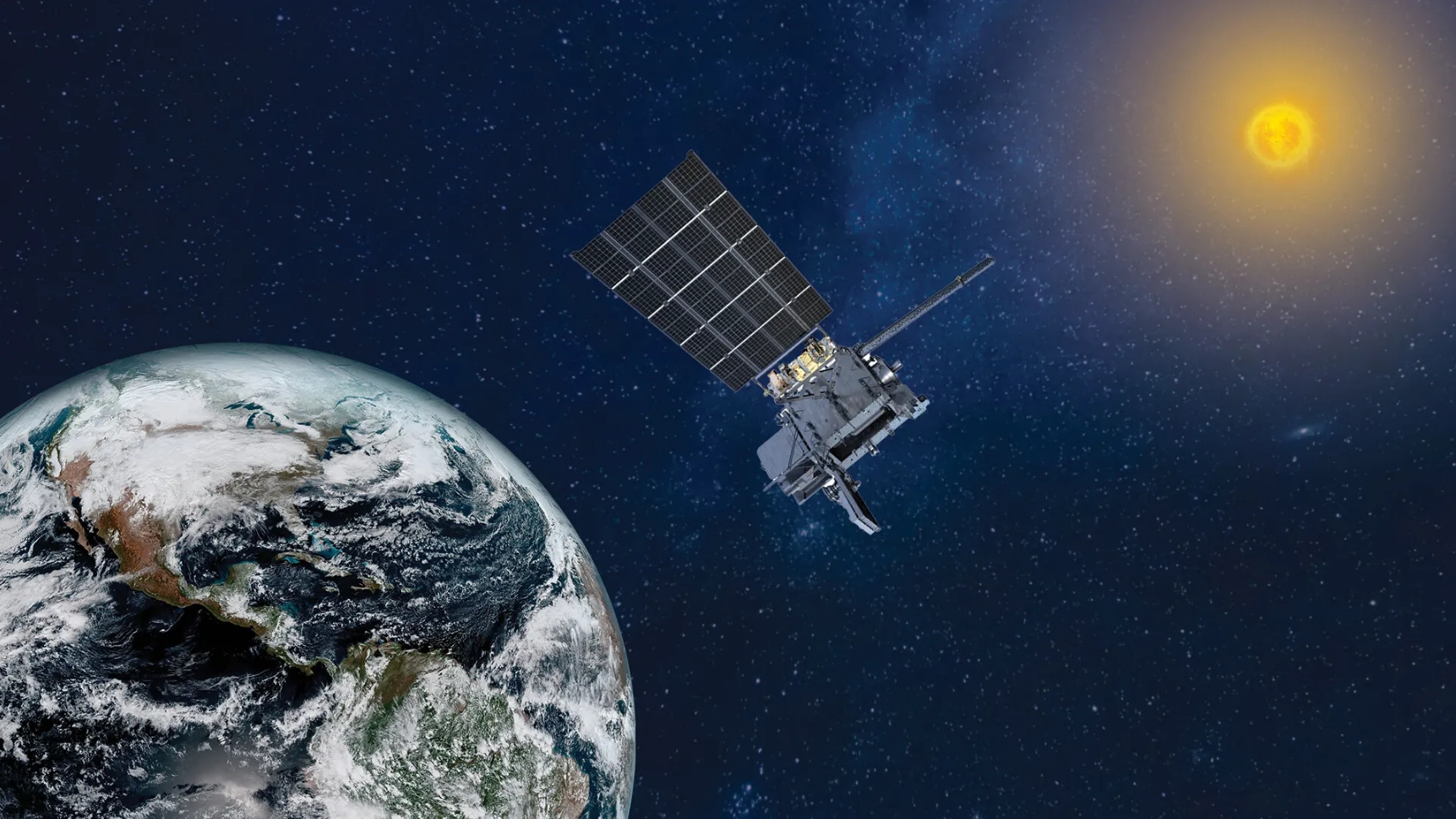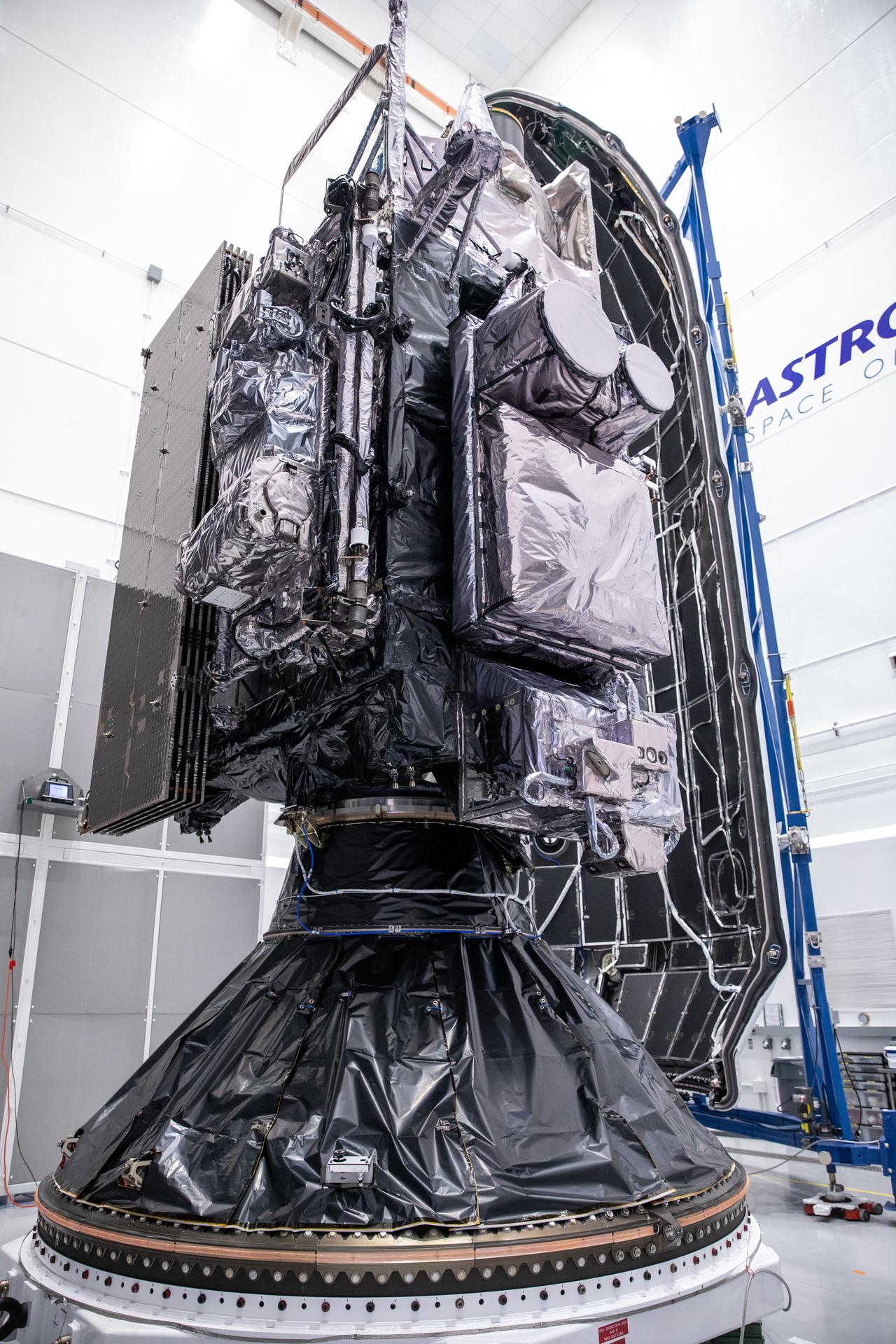
NASA’s coverage is underway for launch of the NOAA (National Oceanic and Atmospheric Administration) GOES-U (Geostationary Operational Environmental Satellite U) mission.
NASA and SpaceX are targeting a two-hour launch window opening at 5:16 p.m. EDT. The weather satellite will launch on a SpaceX Falcon Heavy rocket from Launch Complex 39A at NASA’s Kennedy Space Center in Florida.
Launch weather officers with Cape Canaveral Space Force Station’s 45th Weather Squadron now predict a 60% chance of favorable weather conditions at the opening of the two-hour launch window, with chance of favorable conditions decreasing to 30% towards the latter part of the window.
The primary goal of GOES-U is to assist meteorologists with predicting, observing, and tracking hazardous weather events on Earth and in space. The GOES-U satellite is the final weather-observing and environmental monitoring satellite in NOAA’s GOES-R Series.
As the countdown continues, follow the GOES-U blog for mission milestones or watch NASA’s live coverage on NASA+, NASA Television, the NASA app, YouTube, and the agency’s website.
X: @NASA, @NASA_LSP, @NASAKennedy, @NOAASatellites, @NASAGoddard
Facebook: NASA, NASA LSP, NASA Kennedy, NOAA Satellites, NASA Goddard
Instagram: NASA, NASA Kennedy, NOAA Satellites










